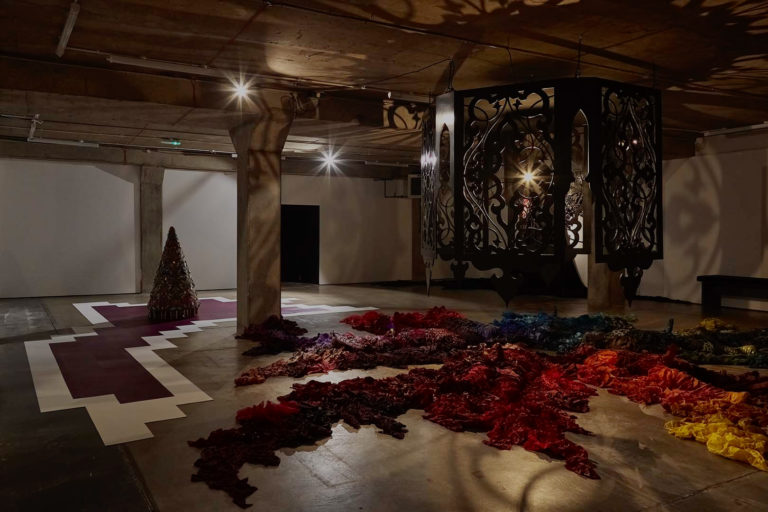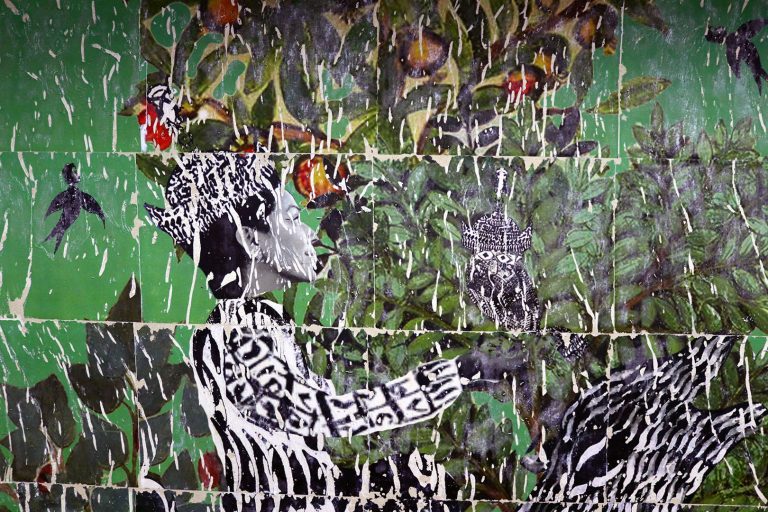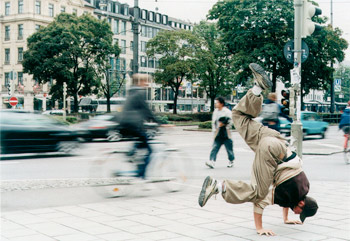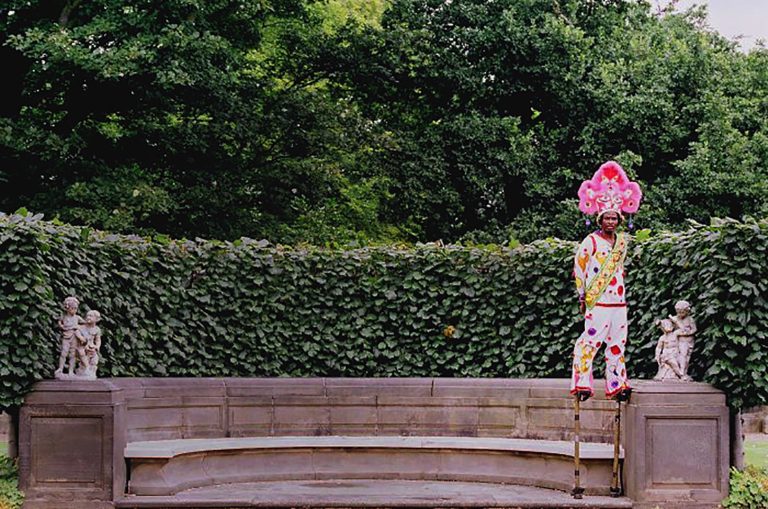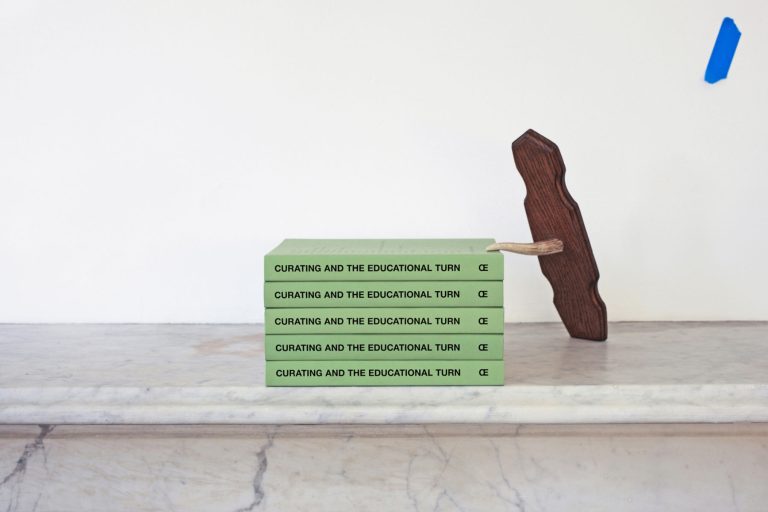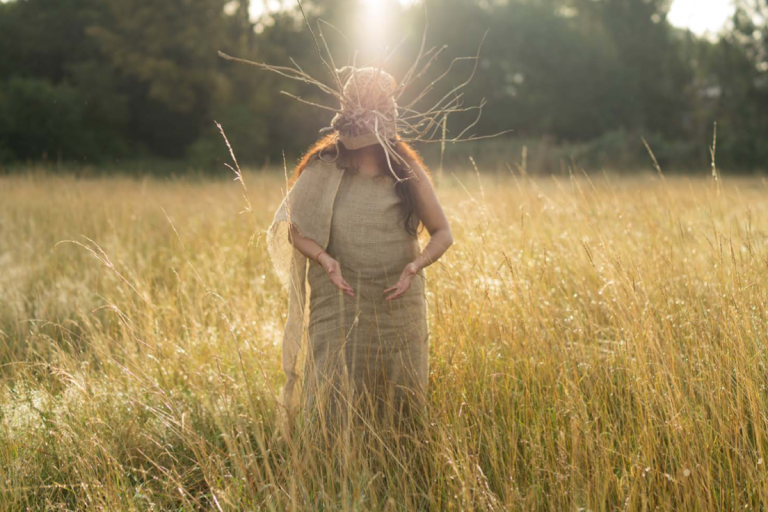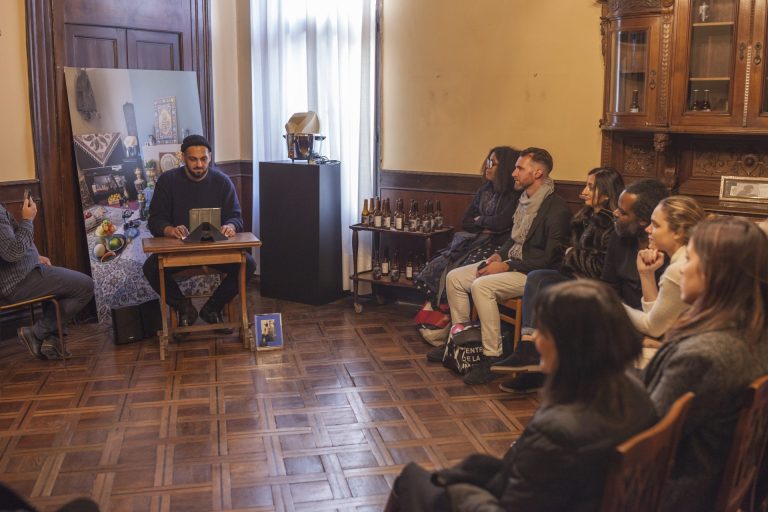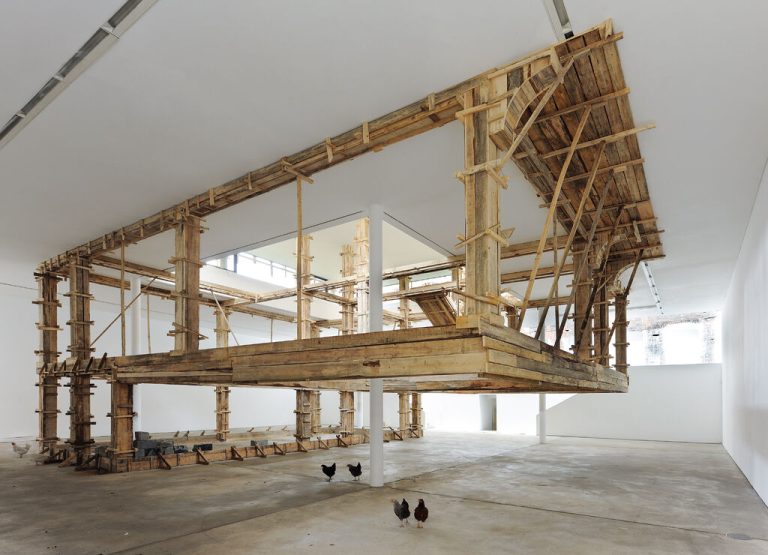Black Diaspora Visual Art (Symposium, exhibition & film programme)
Visitors at the BDVA exhibition, Barbados (2009)
Visitors at the BDVA exhibition, Barbados (2009)
Dates:
13 Feb 2009 - 14 Oct 2009
People:
Ewan Atkinson, Dominique Brebion, Christopher Cozier, Paul Domela, Arthur Edwards, John Franklin, Joscelyn Gardner, Stuart Hall, Caroline Holder, Alfredo Jaar, Erica Moiah James, George Lamming, Trevor Mathison, Indrani Nayar-Gall, Ingrid Persaud, Ingrid Pollard, Veerle Poupeye, Richard J. Powell, Sheena Rose, Frances Ross, David Scott, Teka Selman, Lowery Stokes Sims, Gary Stewart, Allison Thompson, Krista Thompson, Leon Wainwright, Kara Walker, Andrea Wells. View 24 more
Location:
Barbados
Project:
As part of the planned events marking the Abolition of the Trans-Atlantic Slave Trade, the National Art Gallery Committee invited curator David A. Bailey MBE to organise a series of symposiums and exhibitions that explore visual art in the Black Diaspora. A number of leading scholars, curators and artists who have made key contributions in this area were invited to Barbados to participate in a dialogue with the local/regional Caribbean community. It was envisioned that this event would provide an opportunity for the Barbados art community and wider local audience to participate in the discussions and present contemporary Barbadian art and artists to a panel of distinguished experts in related fields.
The programme included a public symposium, which took as its starting point Stuart Hall and the question he poses in his essay called Modernity and its Others: Three “Moments” in the Post–War History of the Black Diaspora Arts. The essay offers an analysis of three ‘moments’ in the post-war black visual arts in the UK. The main contrast identified is between the ‘problem space’ of the artists–the last ‘colonials’–who came to London after World War II to join the modern avant-garde and who were anti-colonial, cosmopolitan and modernist in outlook, and that of the second generation–the first ‘post-colonials’–who were born in Britain, pioneered the Black Art Movement and the creative explosion of the 1980s, and who were anti-racist, culturally relativist and identity-driven. In the work of the former, abstraction predominated; the work of the latter was politically polemical and collage-based, subsequently embracing the figural and the more subjective strategy of ‘putting the self in the frame’. This generational shift is mapped here in relation to wider socio-political and cultural developments, including the growth of indigenous racism, the new social movements, especially anti-racist, feminist and identity politics, and the theoretical ‘revolutions’ associated with them. The contemporary moment – less politicised, and artistically neo-conceptual, multi-media and installation-based– is discussed more briefly.
The symposium set out to explore some of these themes in Hall’s paper with particular reference to their applicability to the contemporary Caribbean context and the relationship of the contemporary moment to earlier developments. Questions included:
Is there a Caribbean canon?
Can we discuss a Caribbean aesthetic in the 21st century?
What are the institutional models?
How do we identify the different ways forward?
The Symposium took place at the Frank Collymore Hall in Bridgetown in conjunction with a number of site-specific artists’ projects throughout the island.
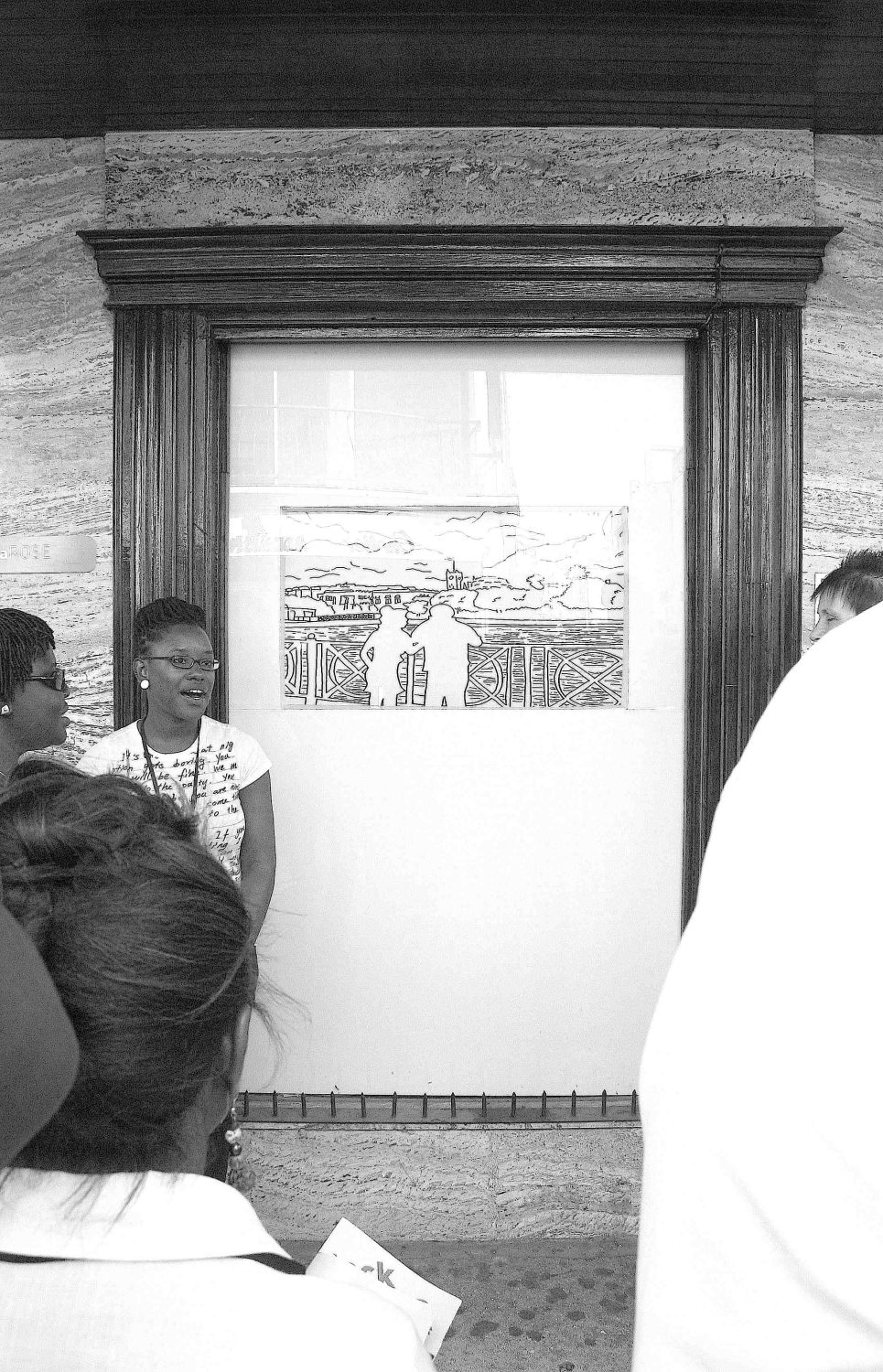
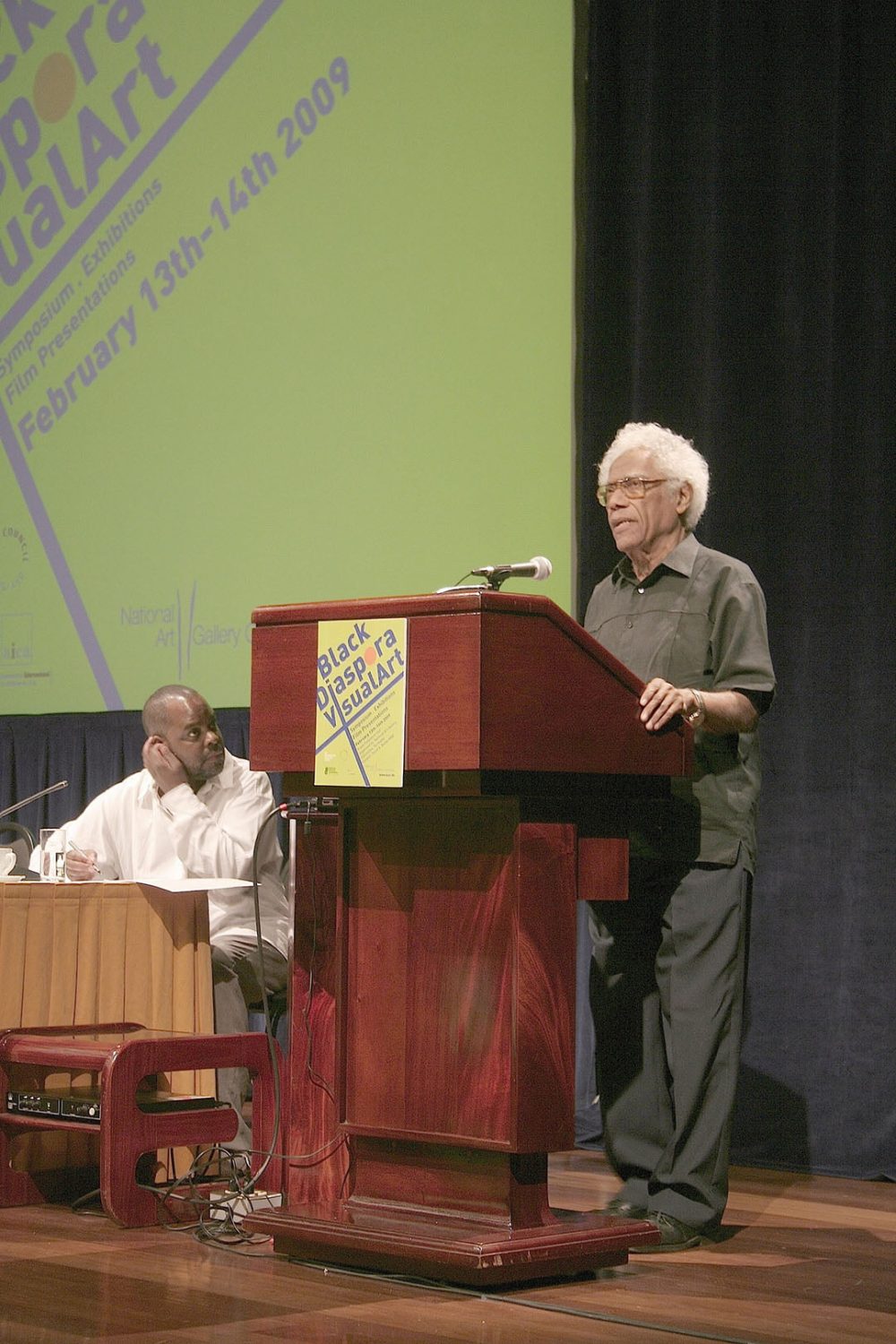
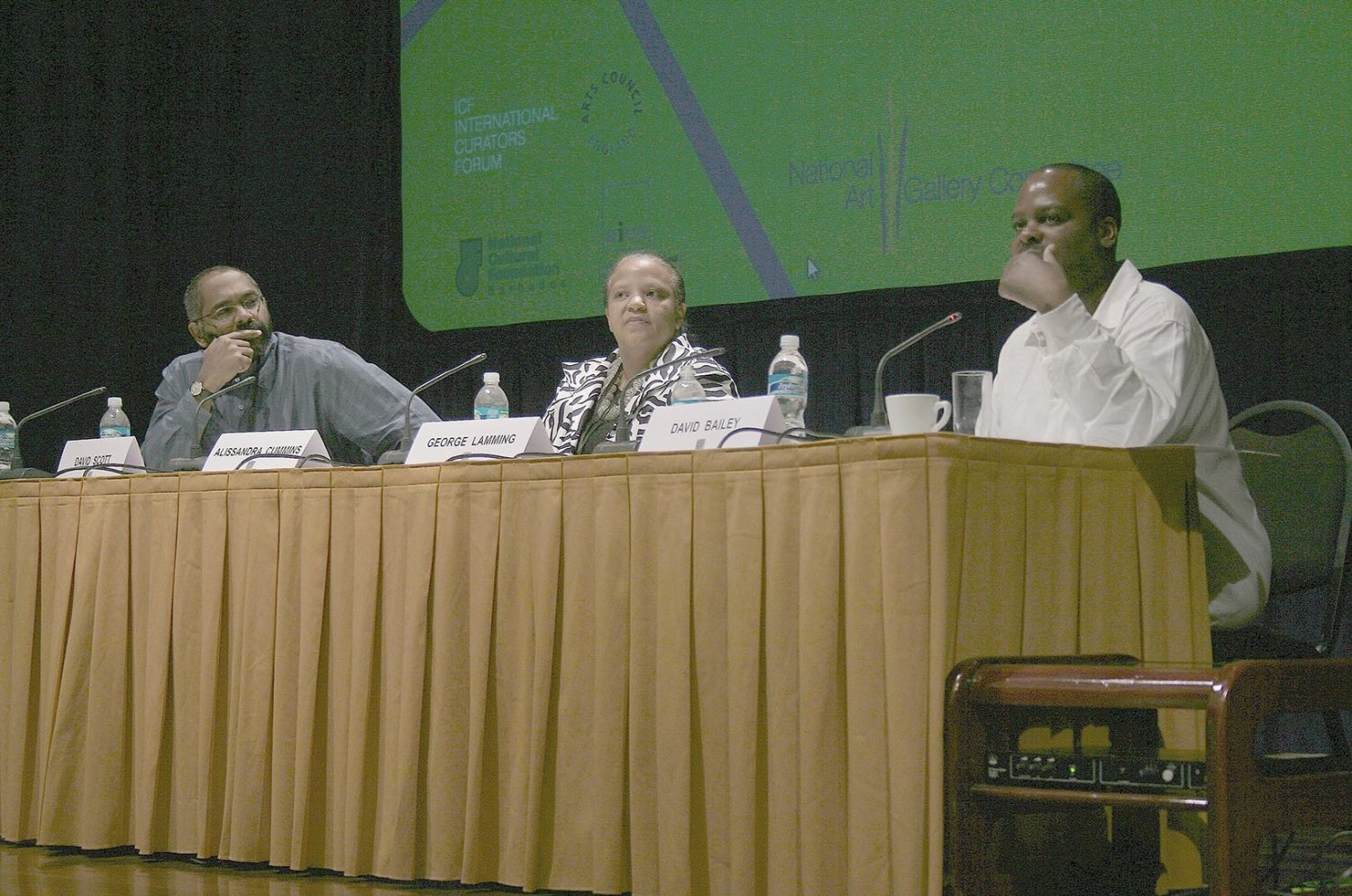
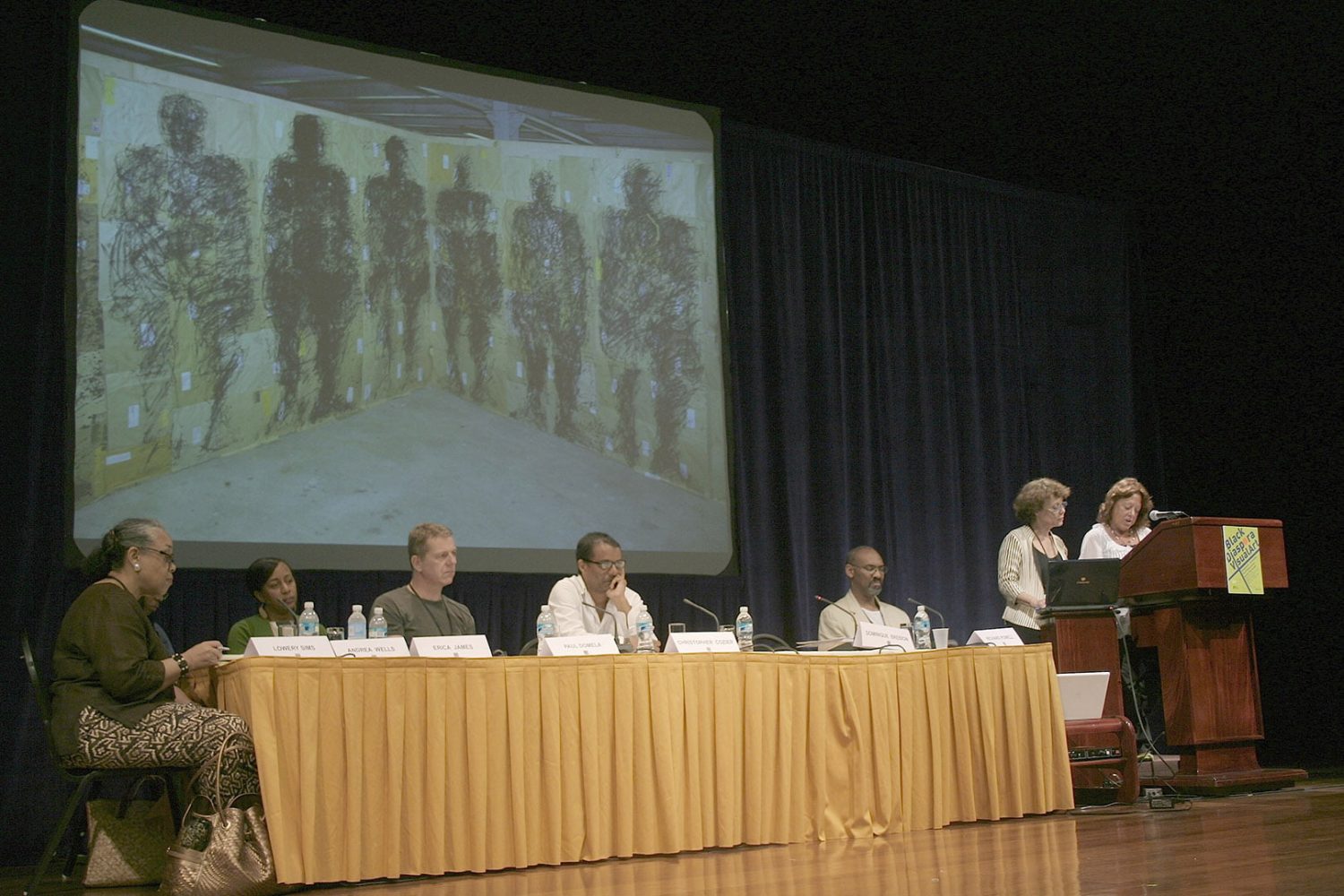

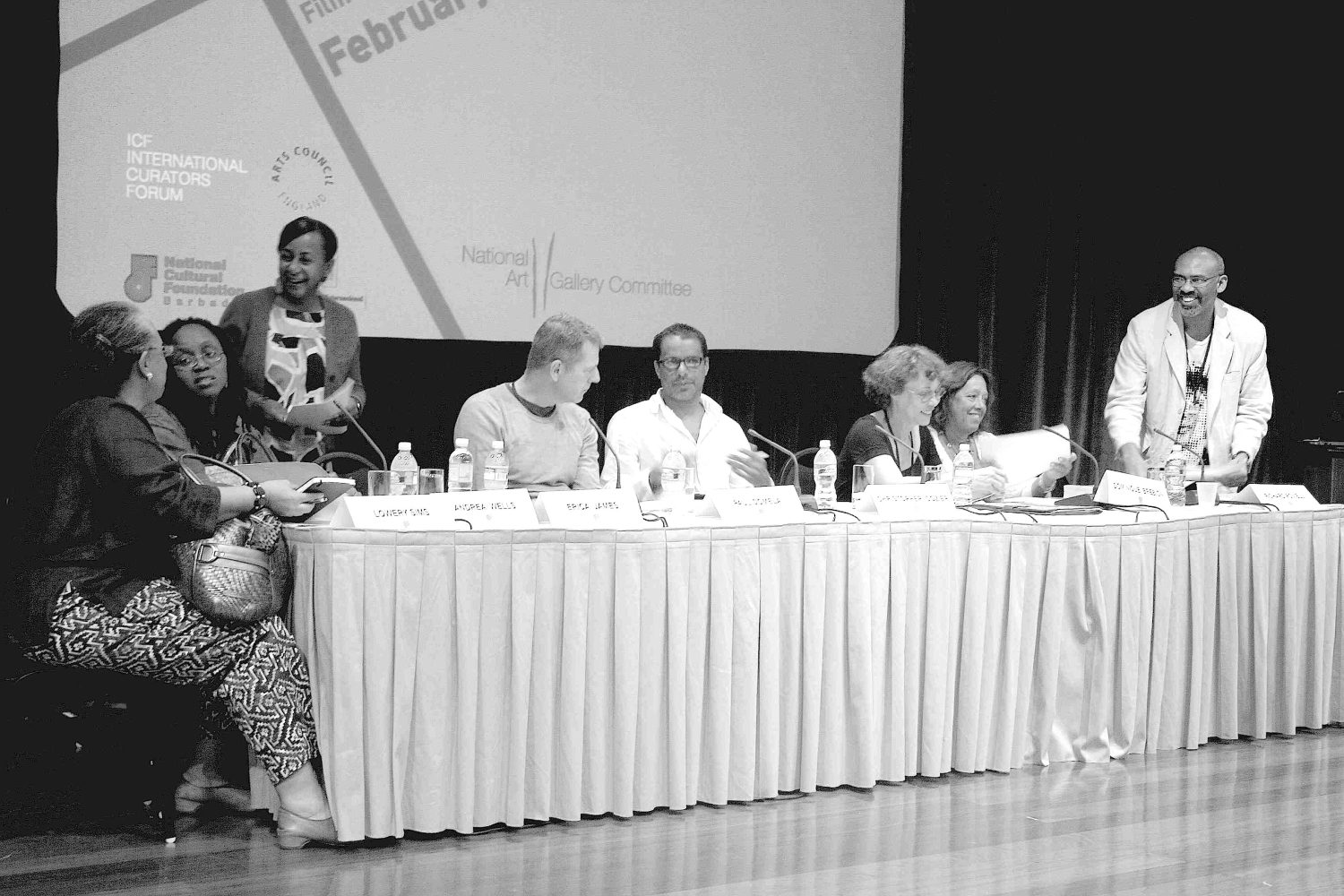
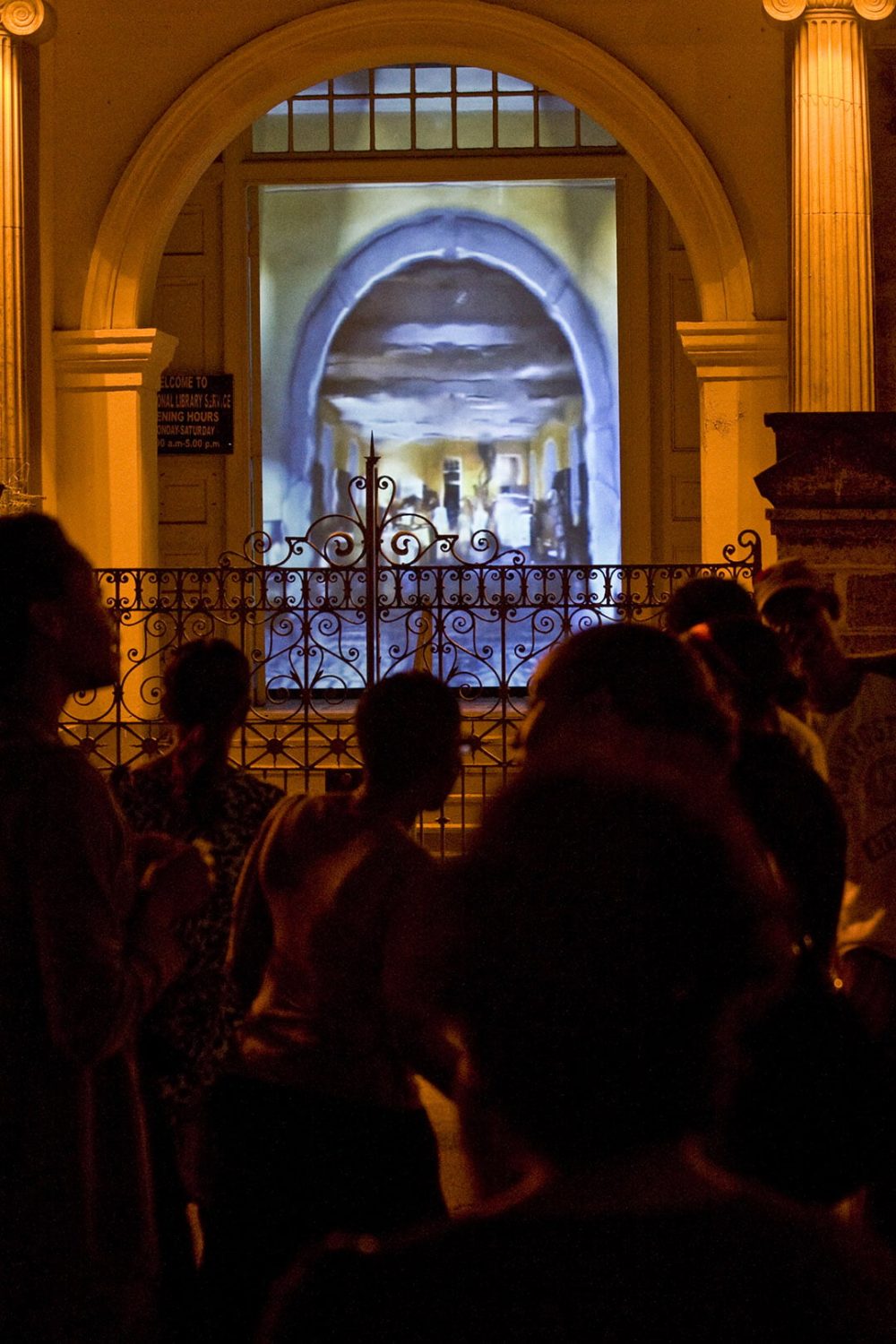
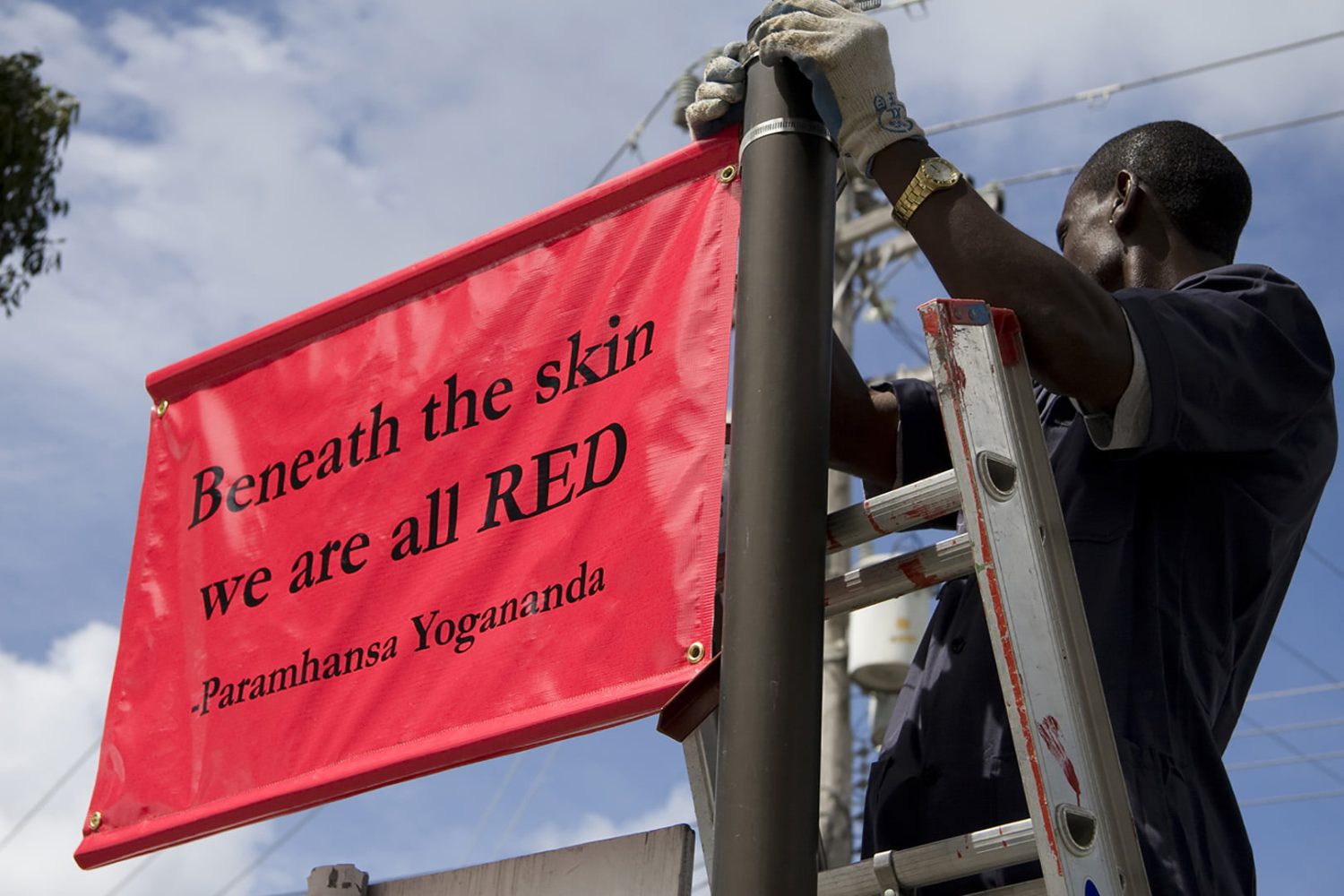
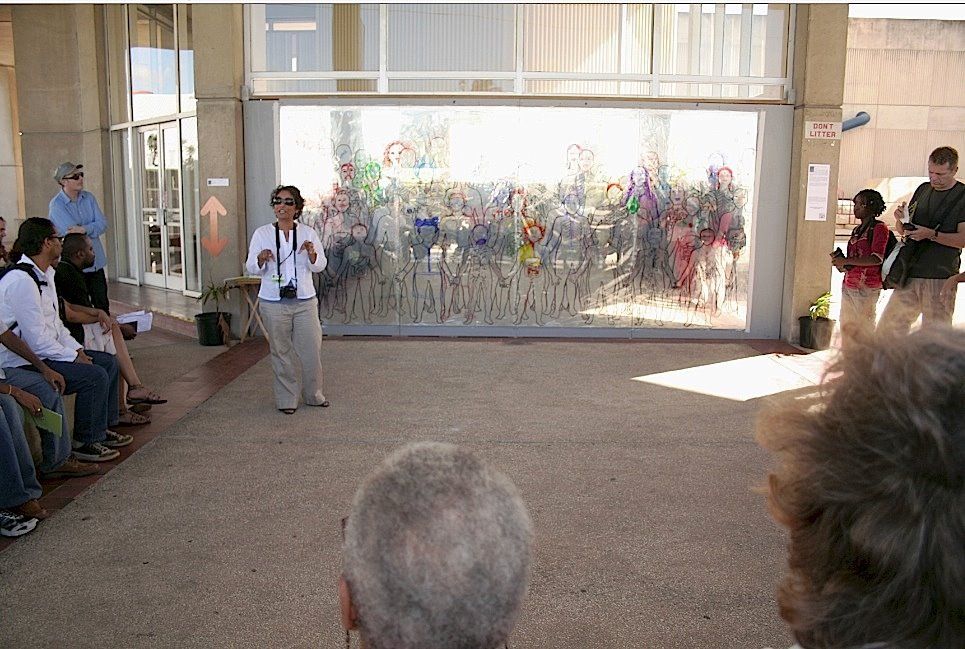


George Lamming presenting at the BDVA symposium, Barbados (2009)
Programme
Day 1 – Friday February 13th, 2009
Welcome address: Alissandra Cummins (GCM, Chairperson National Art Gallery Committee, Director of the Barbados Museum), Dr. Jeannine Comma (“Lesley’s Legacy”), Steve Blackett (Minister of Community Development and Culture) and David A. Bailey MBE (International Curator’s Forum and Senior Curator, Autograph ABP)
Keynote address: Stuart Hall (Cultural Theorist, Professor Emeritus, Open University, London)
in dialogue with David A. Bailey MBE
with a response from Professor George Lamming (Brown University)
Panel One: Discussion of Stuart Hall’s paper and Lamming’s response
Chair: David A. Bailey, MBE
Speakers: David Scott (Columbia University; Editor – Small Axe), Alissandra Cummins (NAGC)
Panel Two: Is there a Caribbean canon; can we discuss a Caribbean aesthetic in the 21st century?
Chair: Allison Thompson (NAGC, Barbados Community College)
Speakers: Veerle Poupeye (Edna Manley College of the Visual and Performing Arts, Jamaica), Krista Thompson (Northwestern University, Illinois) and Leon Wainwright (Manchester Metropolitan University)
Film Presentation: Kara Walker with Teka Selman
DAY 2 – Saturday February 14th, 2009
Panel Three: Past experiences, institutional models and exploring the different ways forward
Co-Chairs: Richard Powell (Duke University North Carolina), Lowery Stokes Sims (Museum of Arts and Design, New York), Dominique Brebion (AICA SC), Christopher Cozier (Artist – Trinidad), Paul Domela (Programme Director, Liverpool Biennial), Erica James (Director National Gallery Bahamas) and Andrea Wells (NAGC, NCF)
Closing Remarks: David Scott
Exhibition Tours, Bridgetown
Ewan Atkinson and Ingrid Persaud – Grande Salle, Frank Collymore Hall
Arthur Edwards and Frances Ross – West Wing, Parliament Buildings
Indrani Gall – Central Post Office
Joscelyn Gardner – Public Library
Caroline Holder – Grande Salle, Frank Collymore Hall
Trevor Mathison and Gary Stewart – West Wing, Parliament Buildings
Ingrid Pollard – West Wing, Parliament Buildings
Sheena Rose – Collins Pharmacy, Broad Street; Grande Salle, Frank Collymore Hall
Queen’s Park Gallery and Zemicon Gallery – “The Road to Many: Towards A Genealogy OF Barbadian Art”
Reception hosted by International Curators Forum
Film and Discussion: Alfredo Jaar and David A. Bailey MBE
Download programmePeople:
Ewan Atkinson, Dominique Brebion, Christopher Cozier, Paul Domela, Arthur Edwards, John Franklin, Joscelyn Gardner, Stuart Hall, Caroline Holder, Alfredo Jaar, Erica Moiah James, George Lamming, Trevor Mathison, Indrani Nayar-Gall, Ingrid Persaud, Ingrid Pollard, Veerle Poupeye, Richard J. Powell, Sheena Rose, Frances Ross, David Scott, Teka Selman, Lowery Stokes Sims, Gary Stewart, Allison Thompson, Krista Thompson, Leon Wainwright, Kara Walker, Andrea Wells. View 24 more
Project:
As part of the planned events marking the Abolition of the Trans-Atlantic Slave Trade, the National Art Gallery Committee invited curator David A. Bailey MBE to organise a series of symposiums and exhibitions that explore visual art in the Black Diaspora. A number of leading scholars, curators and artists who have made key contributions in this area were invited to Barbados to participate in a dialogue with the local/regional Caribbean community. It was envisioned that this event would provide an opportunity for the Barbados art community and wider local audience to participate in the discussions and present contemporary Barbadian art and artists to a panel of distinguished experts in related fields.
The programme included a public symposium, which took as its starting point Stuart Hall and the question he poses in his essay called Modernity and its Others: Three “Moments” in the Post–War History of the Black Diaspora Arts. The essay offers an analysis of three ‘moments’ in the post-war black visual arts in the UK. The main contrast identified is between the ‘problem space’ of the artists–the last ‘colonials’–who came to London after World War II to join the modern avant-garde and who were anti-colonial, cosmopolitan and modernist in outlook, and that of the second generation–the first ‘post-colonials’–who were born in Britain, pioneered the Black Art Movement and the creative explosion of the 1980s, and who were anti-racist, culturally relativist and identity-driven. In the work of the former, abstraction predominated; the work of the latter was politically polemical and collage-based, subsequently embracing the figural and the more subjective strategy of ‘putting the self in the frame’. This generational shift is mapped here in relation to wider socio-political and cultural developments, including the growth of indigenous racism, the new social movements, especially anti-racist, feminist and identity politics, and the theoretical ‘revolutions’ associated with them. The contemporary moment – less politicised, and artistically neo-conceptual, multi-media and installation-based– is discussed more briefly.
The symposium set out to explore some of these themes in Hall’s paper with particular reference to their applicability to the contemporary Caribbean context and the relationship of the contemporary moment to earlier developments. Questions included:
Is there a Caribbean canon?
Can we discuss a Caribbean aesthetic in the 21st century?
What are the institutional models?
How do we identify the different ways forward?
The Symposium took place at the Frank Collymore Hall in Bridgetown in conjunction with a number of site-specific artists’ projects throughout the island.











George Lamming presenting at the BDVA symposium, Barbados (2009)
Programme
Day 1 – Friday February 13th, 2009
Welcome address: Alissandra Cummins (GCM, Chairperson National Art Gallery Committee, Director of the Barbados Museum), Dr. Jeannine Comma (“Lesley’s Legacy”), Steve Blackett (Minister of Community Development and Culture) and David A. Bailey MBE (International Curator’s Forum and Senior Curator, Autograph ABP)
Keynote address: Stuart Hall (Cultural Theorist, Professor Emeritus, Open University, London)
in dialogue with David A. Bailey MBE
with a response from Professor George Lamming (Brown University)
Panel One: Discussion of Stuart Hall’s paper and Lamming’s response
Chair: David A. Bailey, MBE
Speakers: David Scott (Columbia University; Editor – Small Axe), Alissandra Cummins (NAGC)
Panel Two: Is there a Caribbean canon; can we discuss a Caribbean aesthetic in the 21st century?
Chair: Allison Thompson (NAGC, Barbados Community College)
Speakers: Veerle Poupeye (Edna Manley College of the Visual and Performing Arts, Jamaica), Krista Thompson (Northwestern University, Illinois) and Leon Wainwright (Manchester Metropolitan University)
Film Presentation: Kara Walker with Teka Selman
DAY 2 – Saturday February 14th, 2009
Panel Three: Past experiences, institutional models and exploring the different ways forward
Co-Chairs: Richard Powell (Duke University North Carolina), Lowery Stokes Sims (Museum of Arts and Design, New York), Dominique Brebion (AICA SC), Christopher Cozier (Artist – Trinidad), Paul Domela (Programme Director, Liverpool Biennial), Erica James (Director National Gallery Bahamas) and Andrea Wells (NAGC, NCF)
Closing Remarks: David Scott
Exhibition Tours, Bridgetown
Ewan Atkinson and Ingrid Persaud – Grande Salle, Frank Collymore Hall
Arthur Edwards and Frances Ross – West Wing, Parliament Buildings
Indrani Gall – Central Post Office
Joscelyn Gardner – Public Library
Caroline Holder – Grande Salle, Frank Collymore Hall
Trevor Mathison and Gary Stewart – West Wing, Parliament Buildings
Ingrid Pollard – West Wing, Parliament Buildings
Sheena Rose – Collins Pharmacy, Broad Street; Grande Salle, Frank Collymore Hall
Queen’s Park Gallery and Zemicon Gallery – “The Road to Many: Towards A Genealogy OF Barbadian Art”
Reception hosted by International Curators Forum
Film and Discussion: Alfredo Jaar and David A. Bailey MBE
Download programmeDates:
13 Feb 2009 - 14 Oct 2009
Location:
Barbados
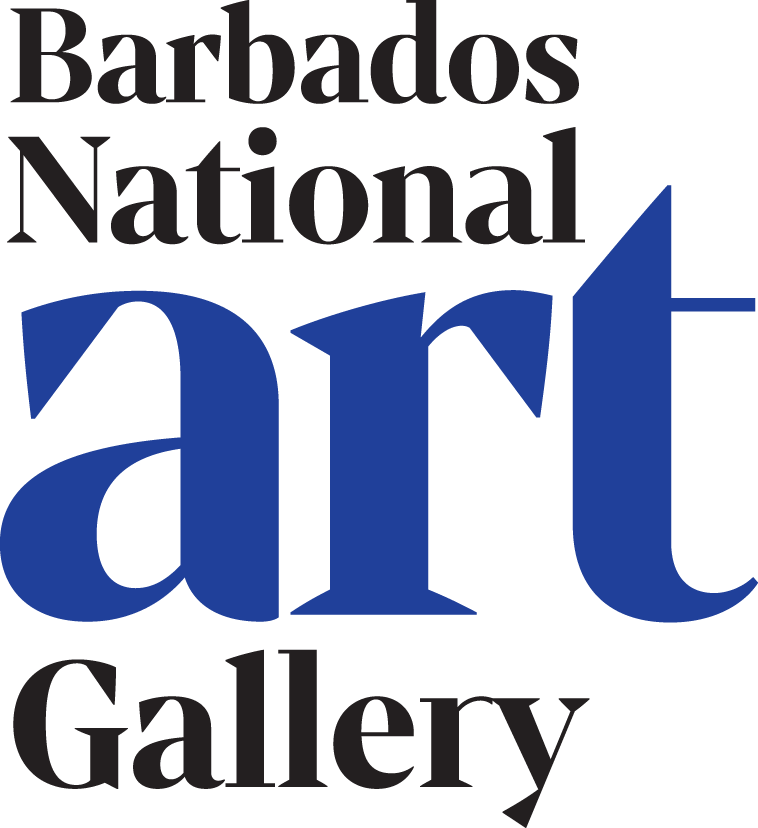
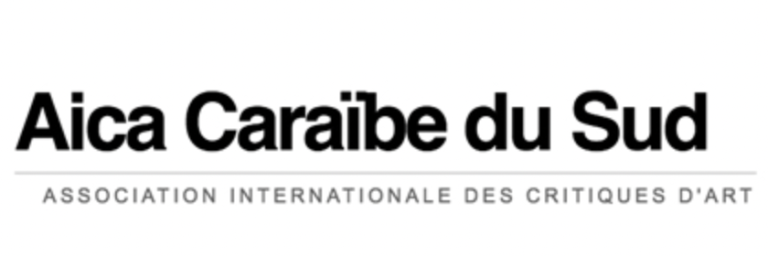

Explore Further
Explore Further
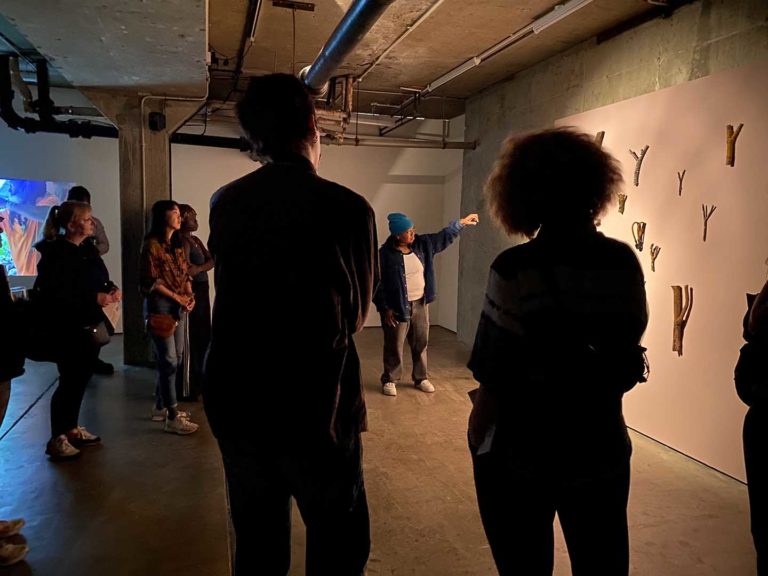
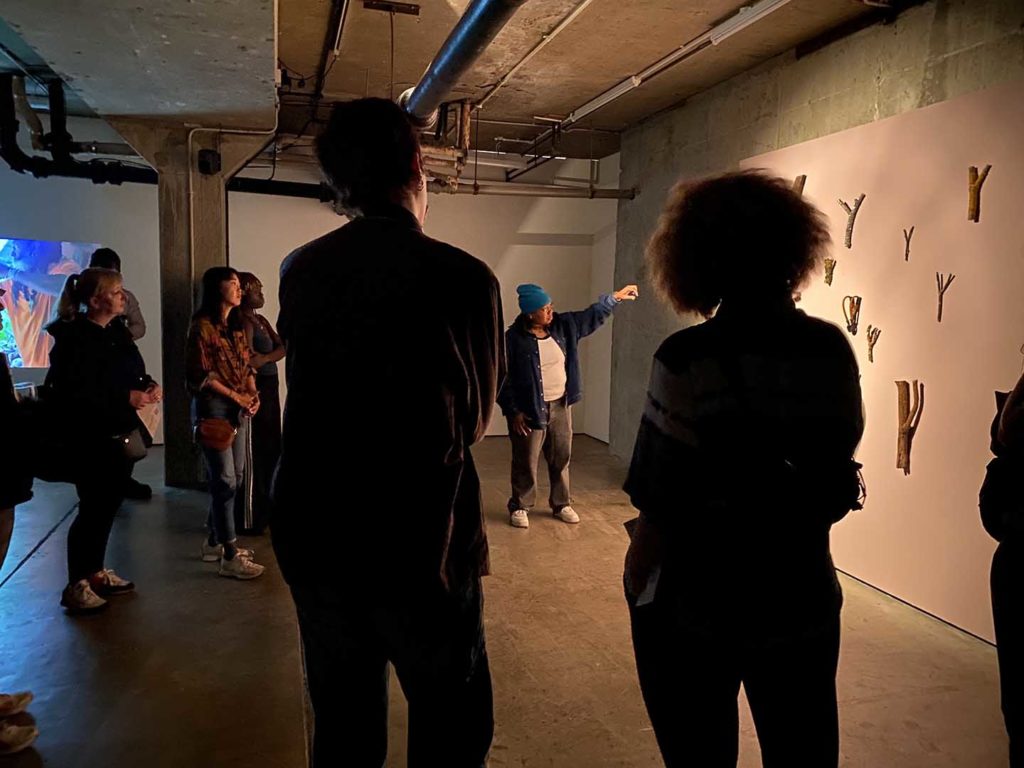
Reckoning: Exodus Crooks and TITANESS aka Maria Joranko & Tiffany Wellington in Conversati...
